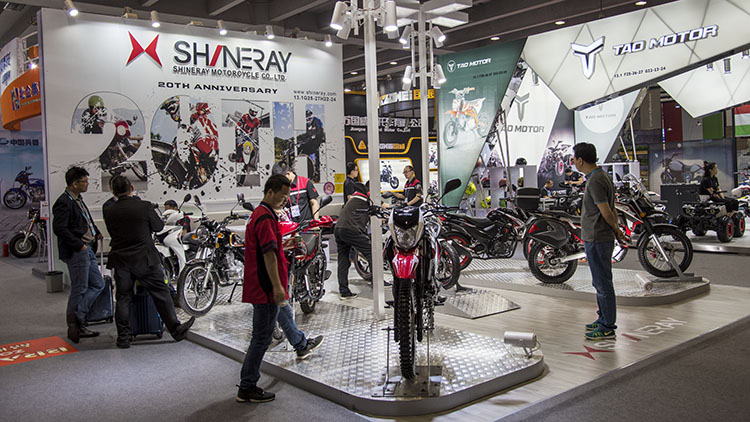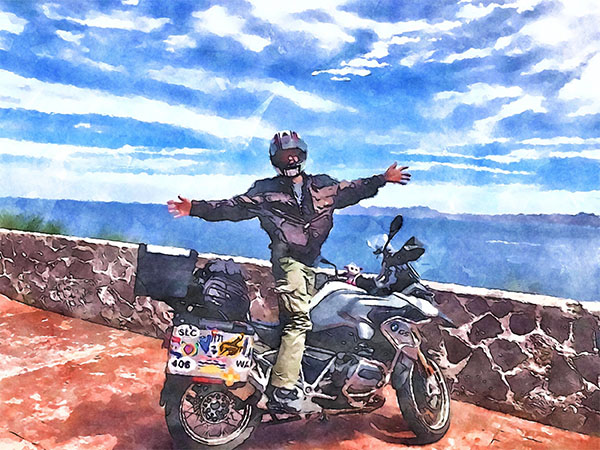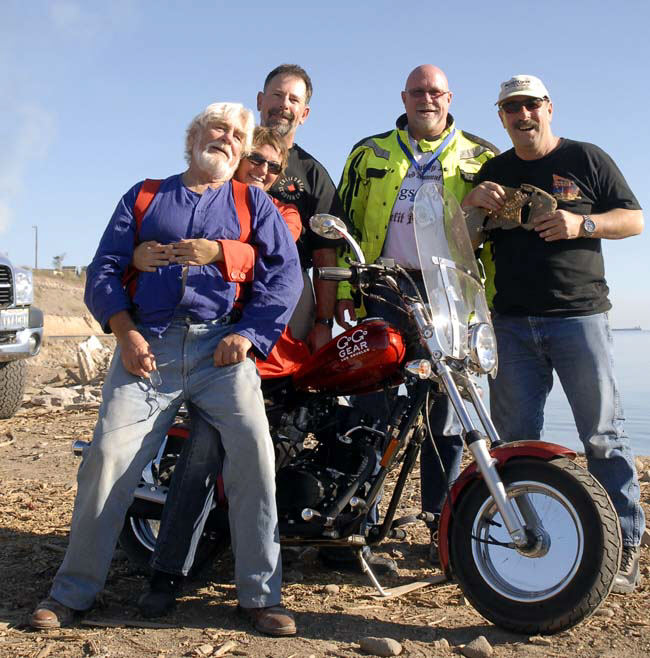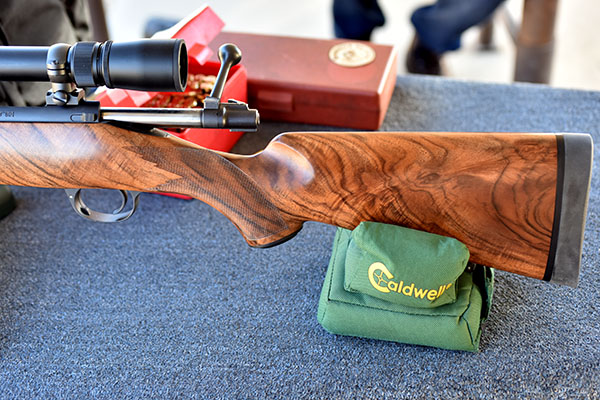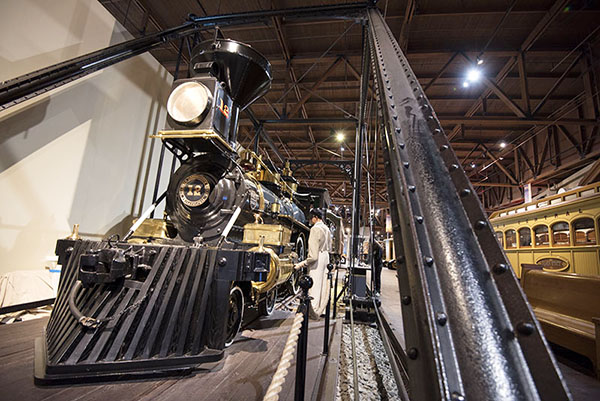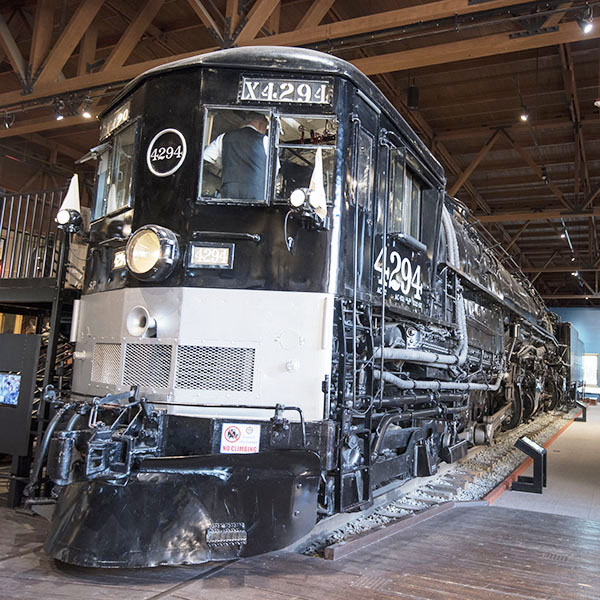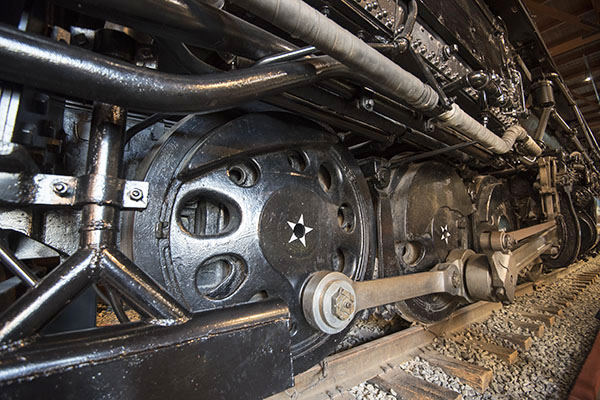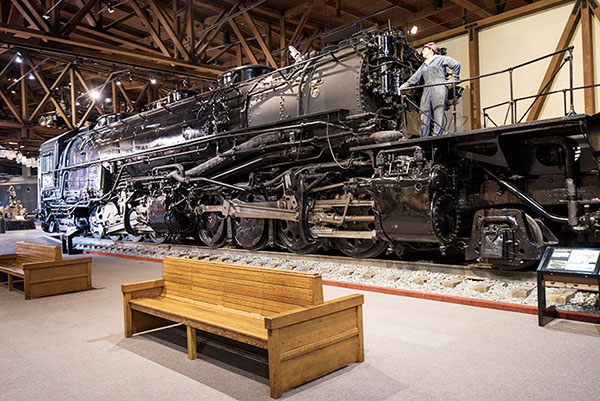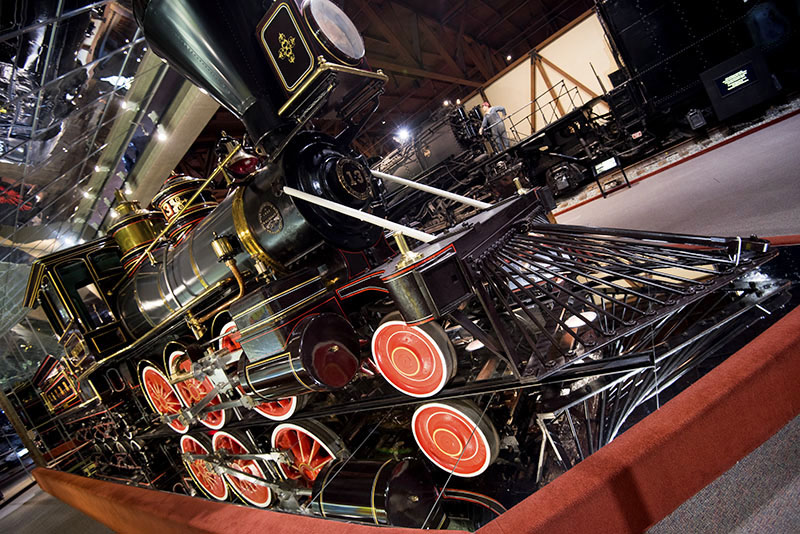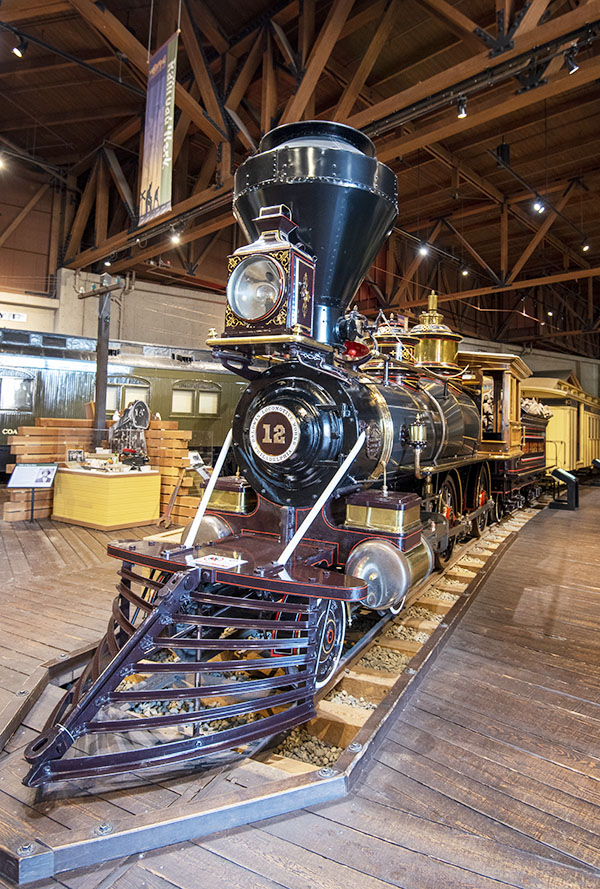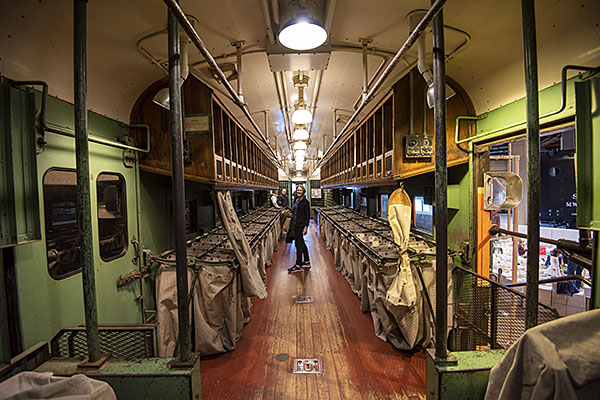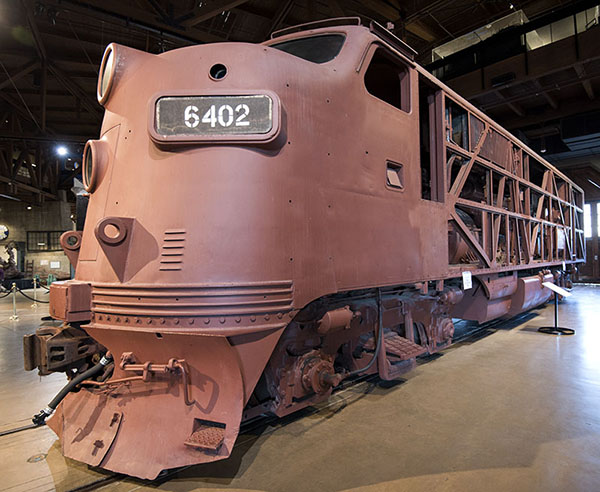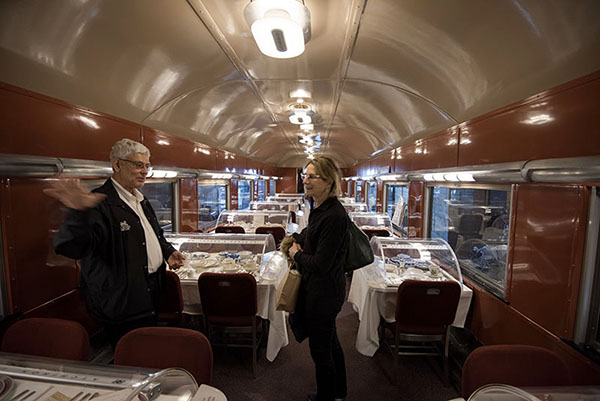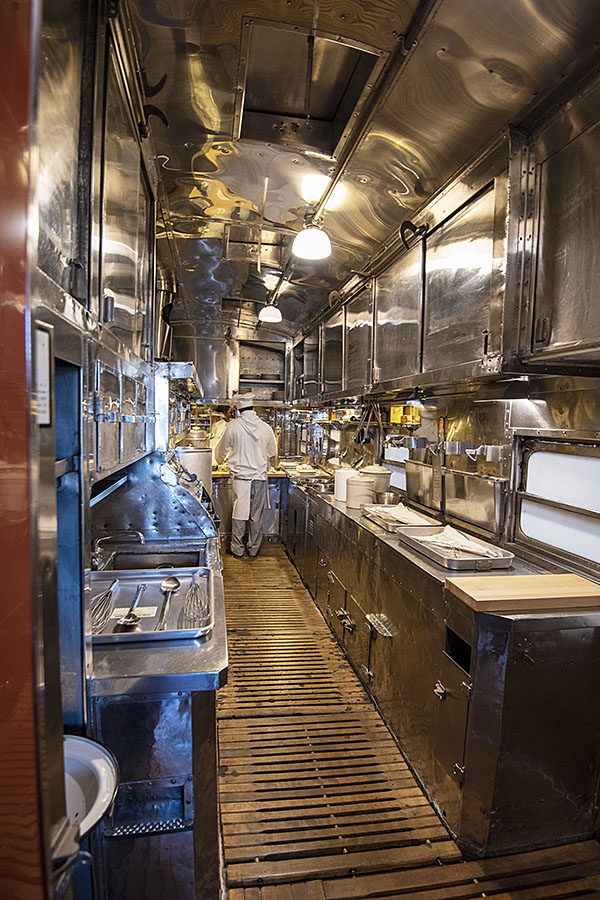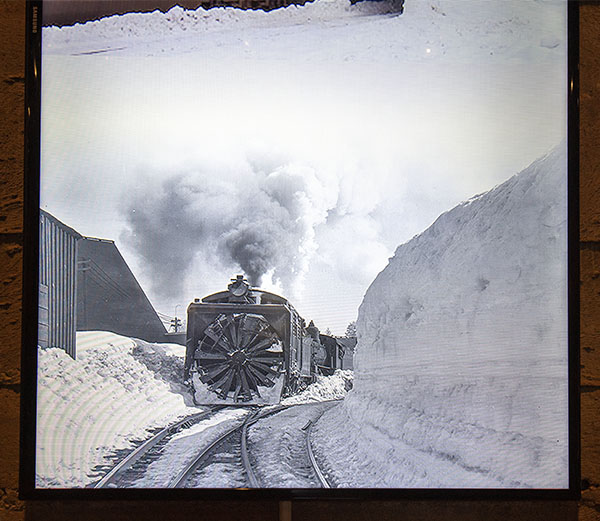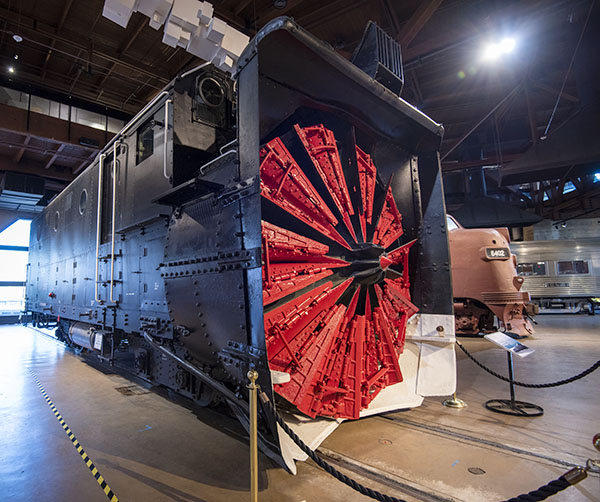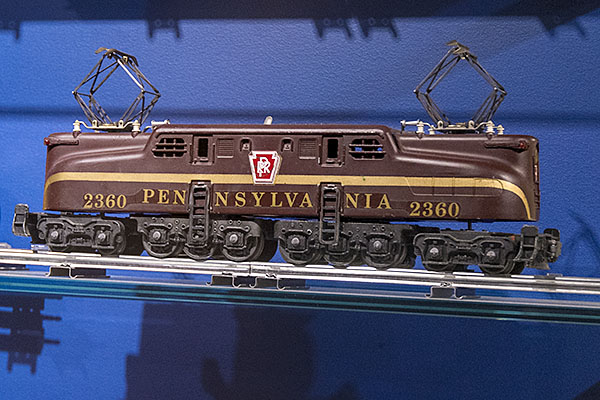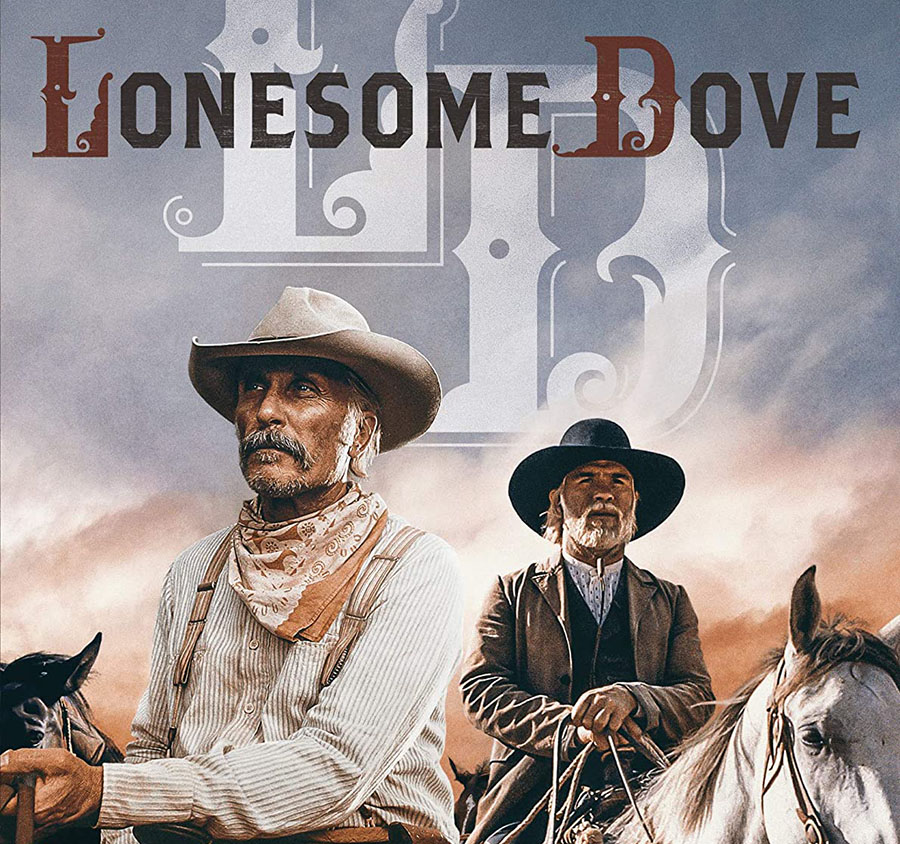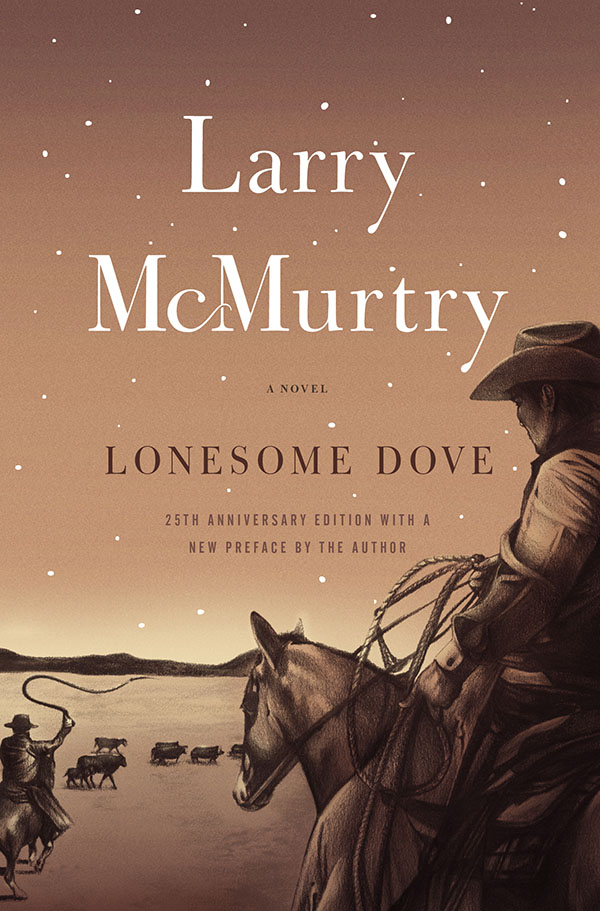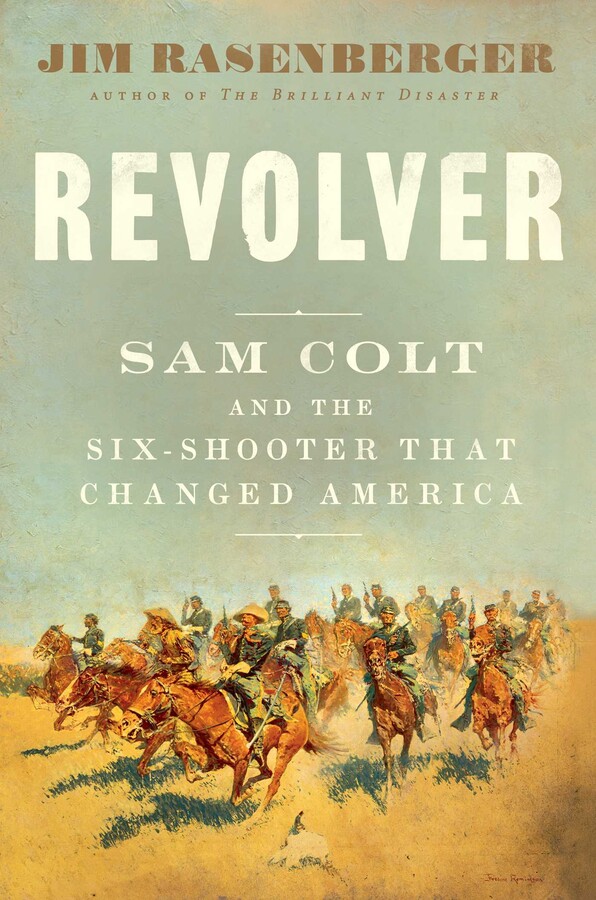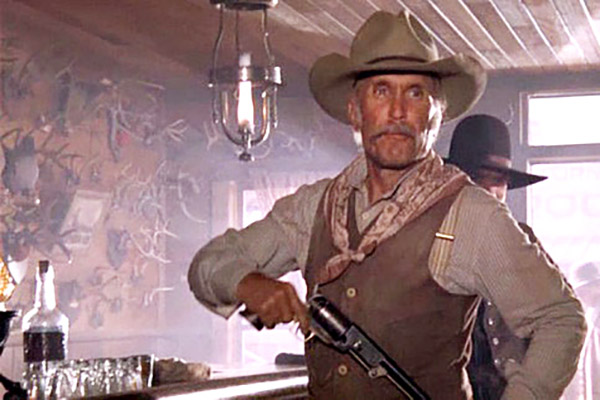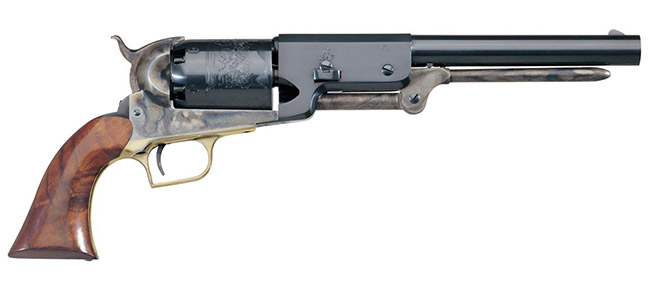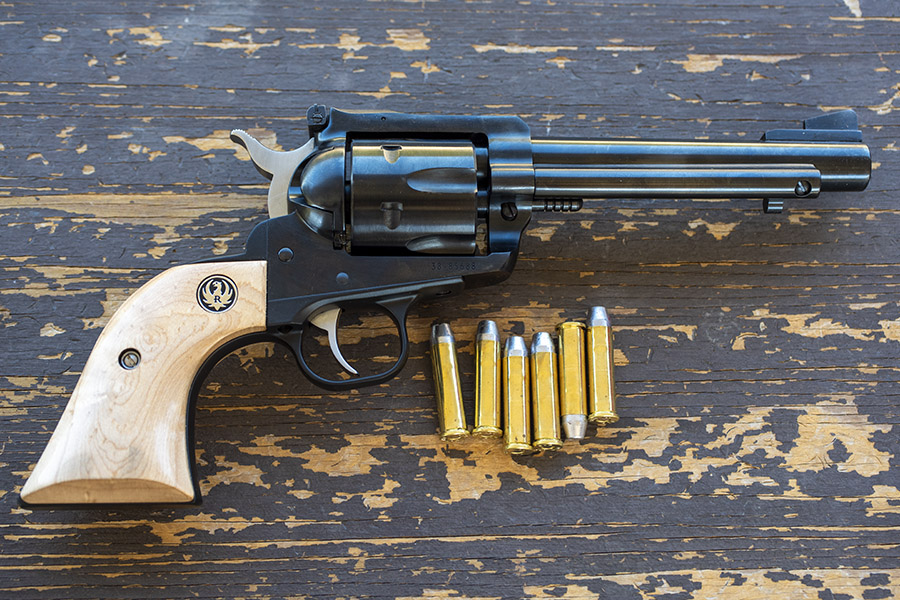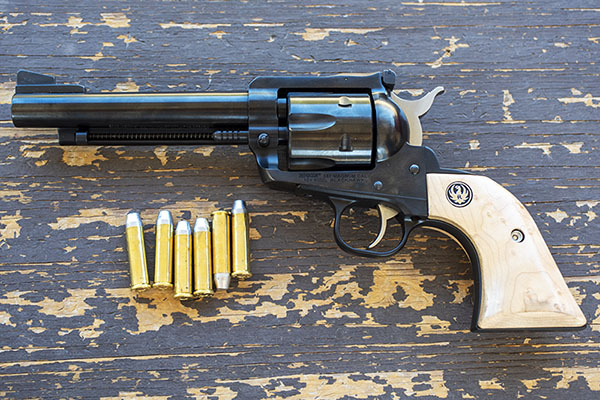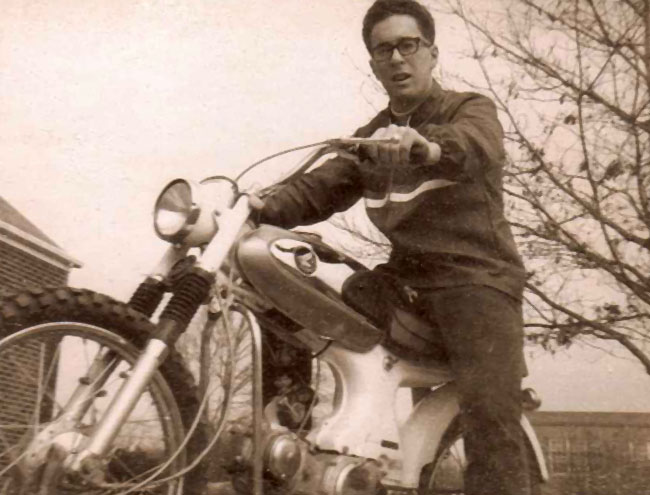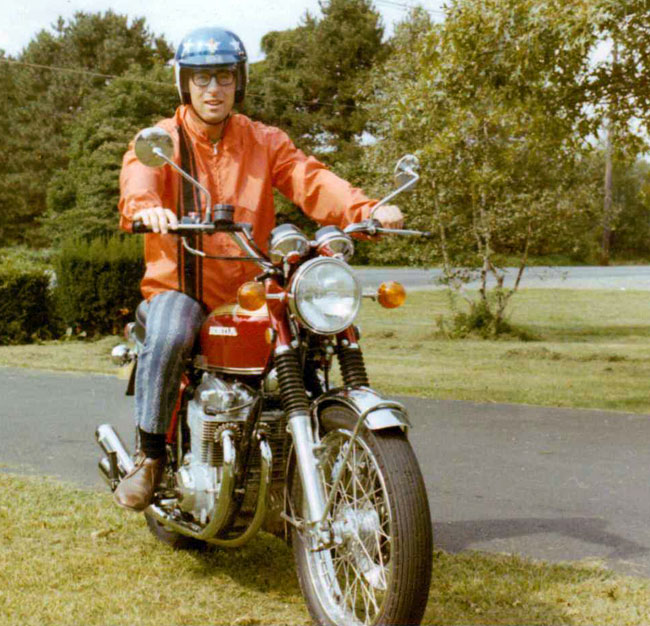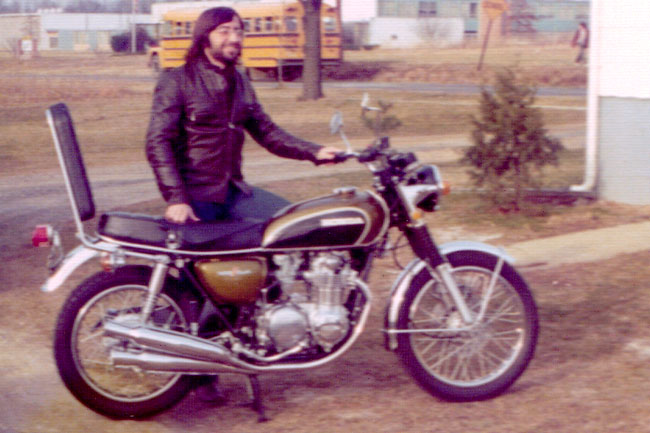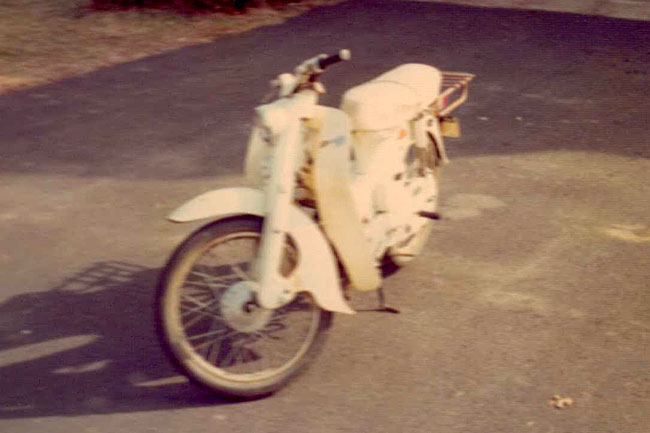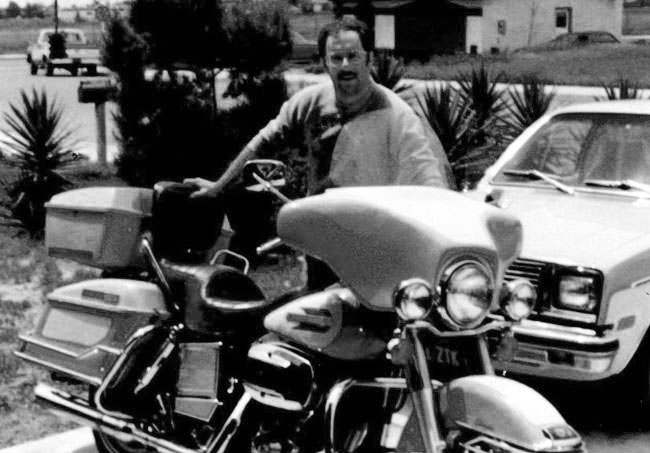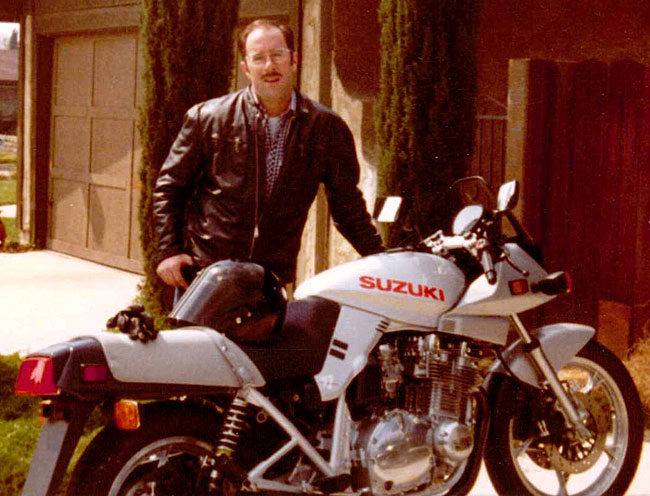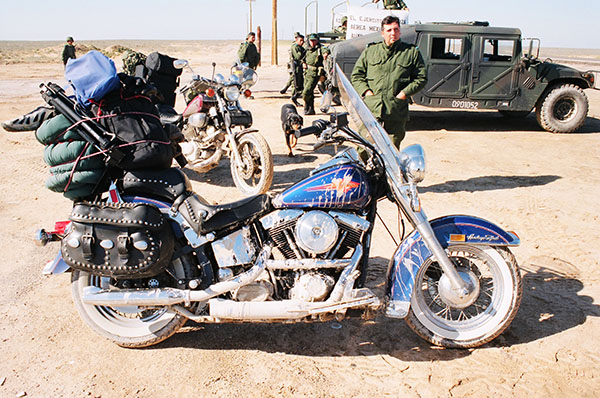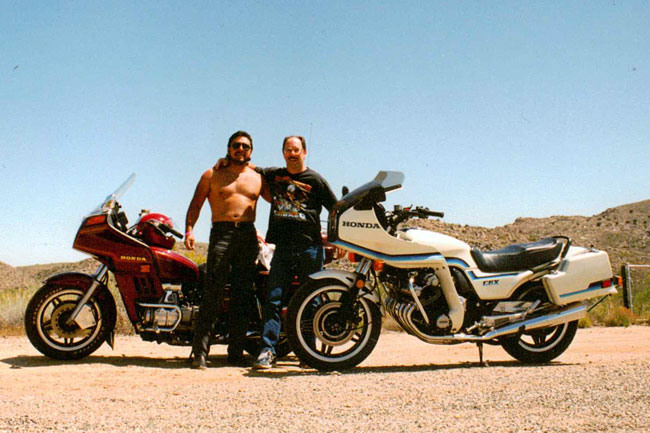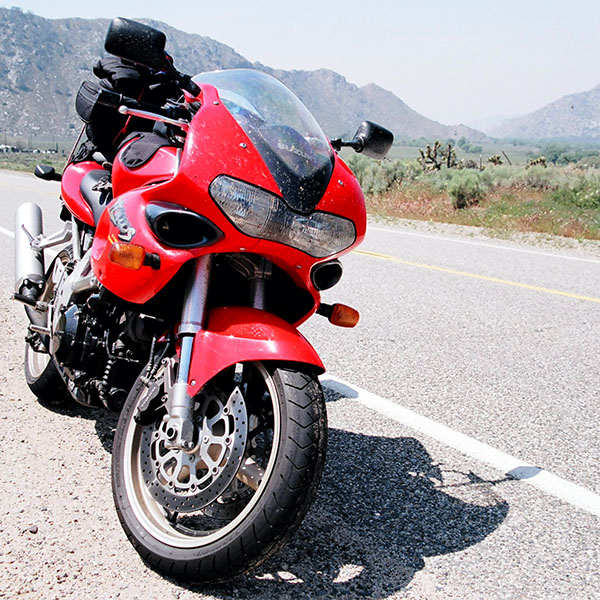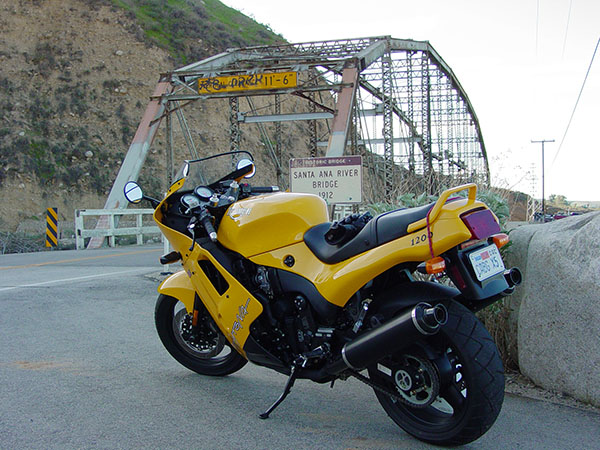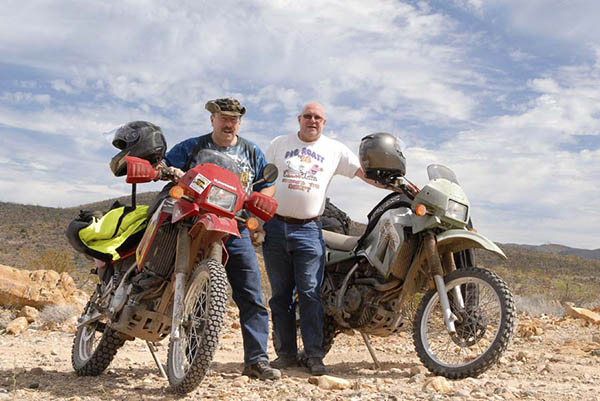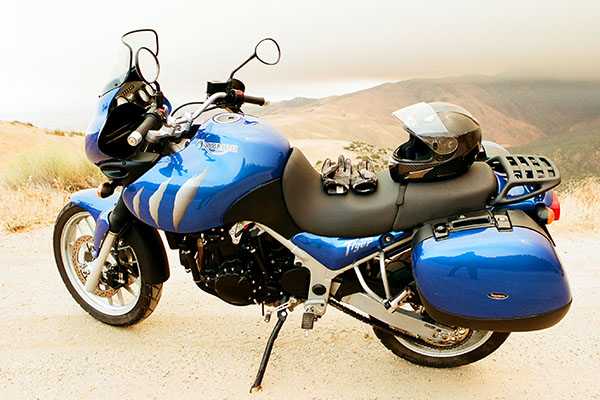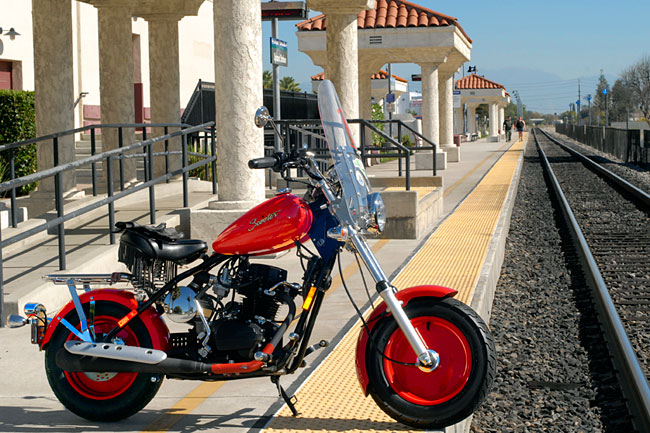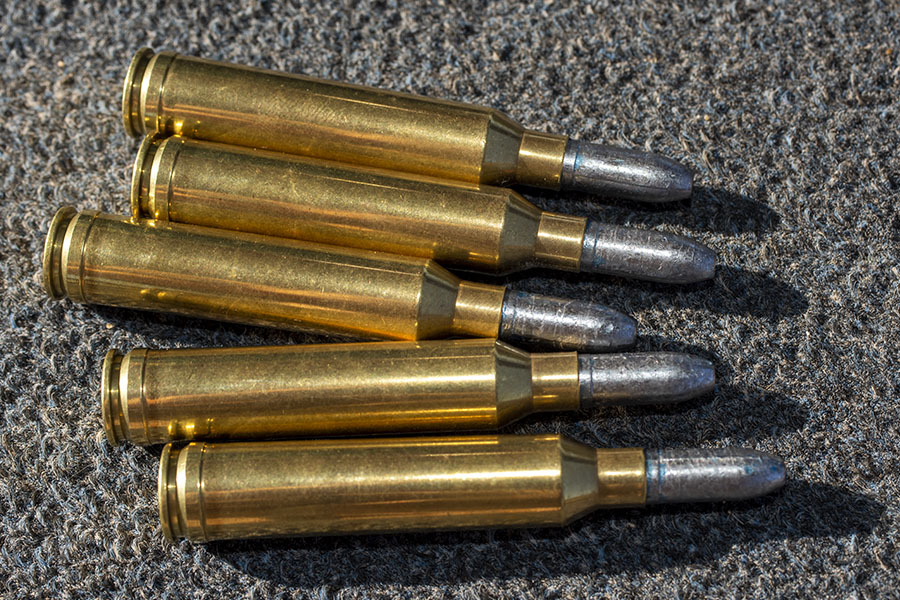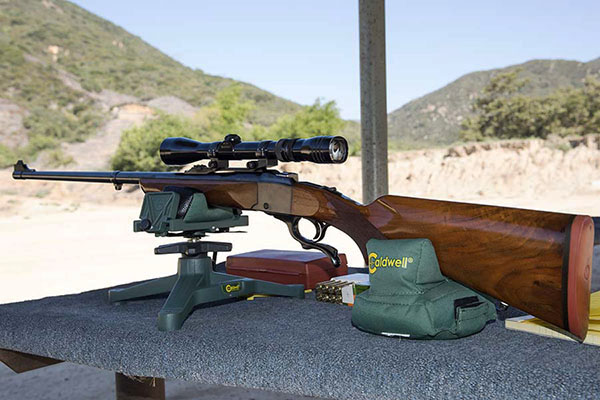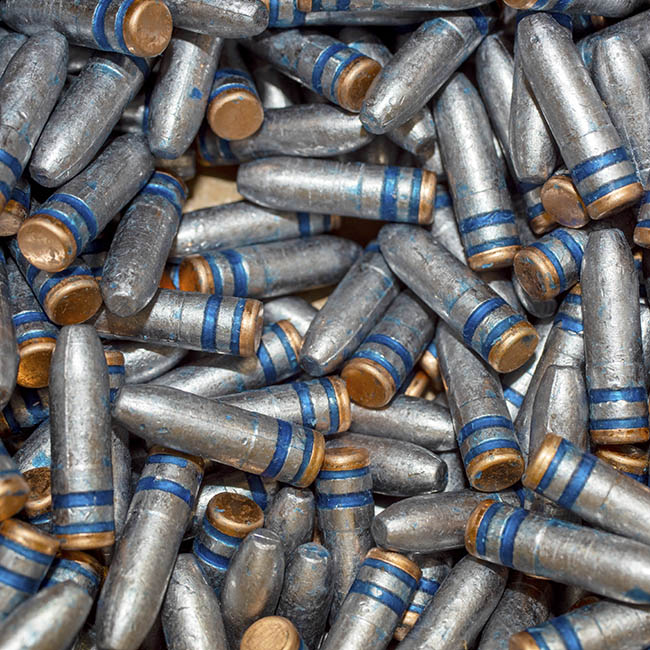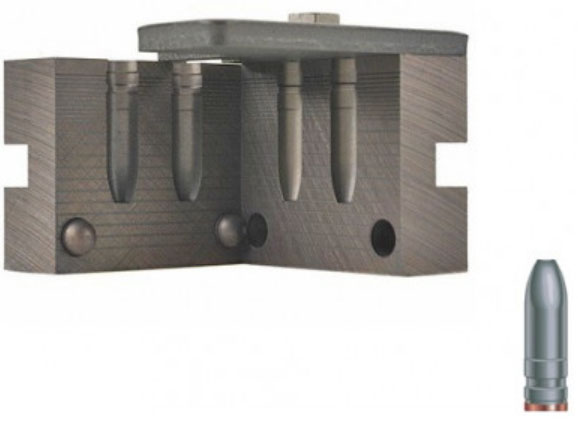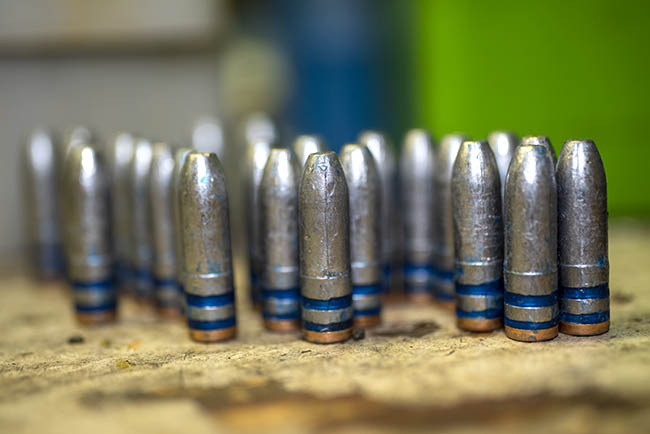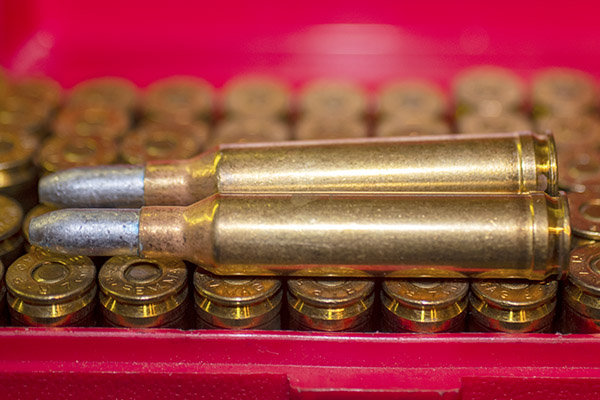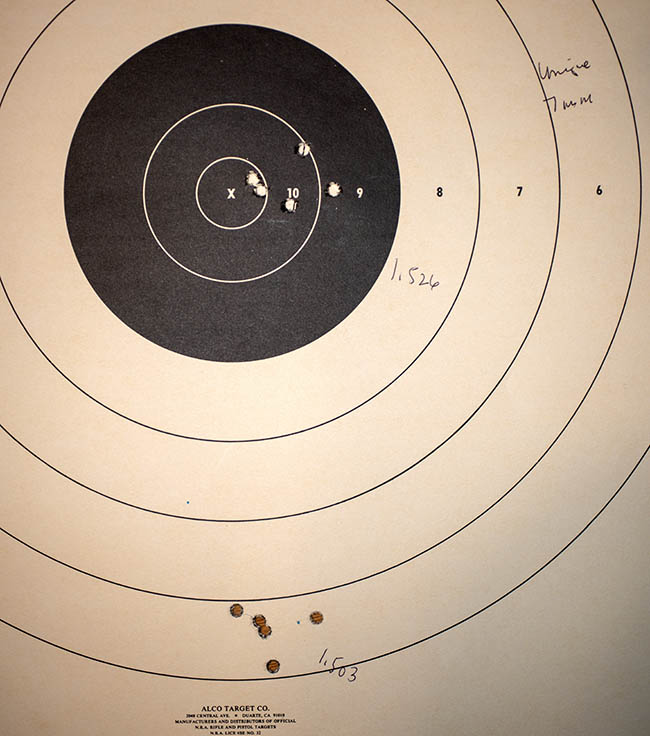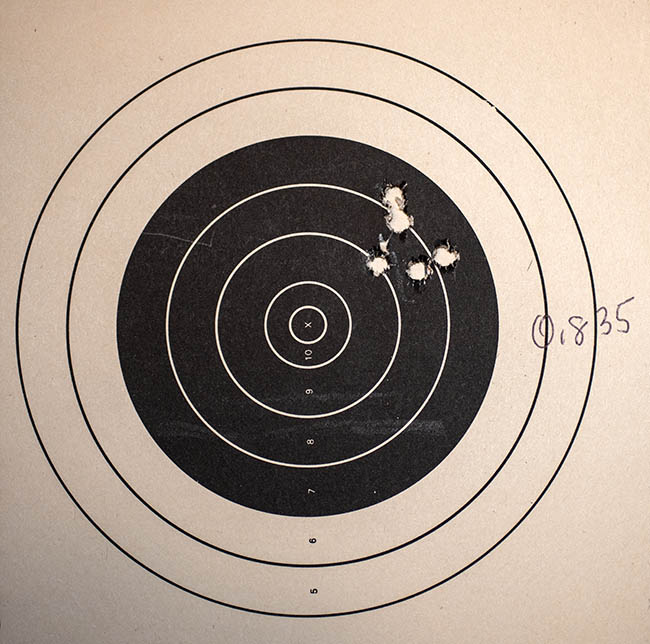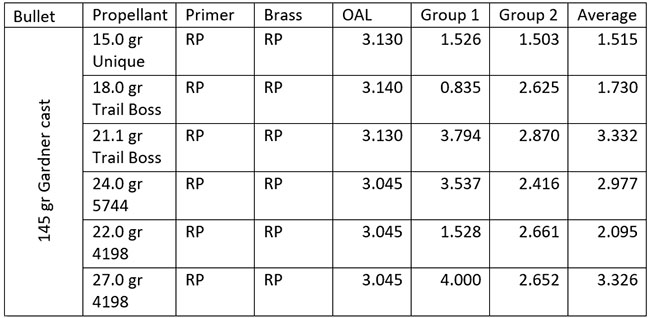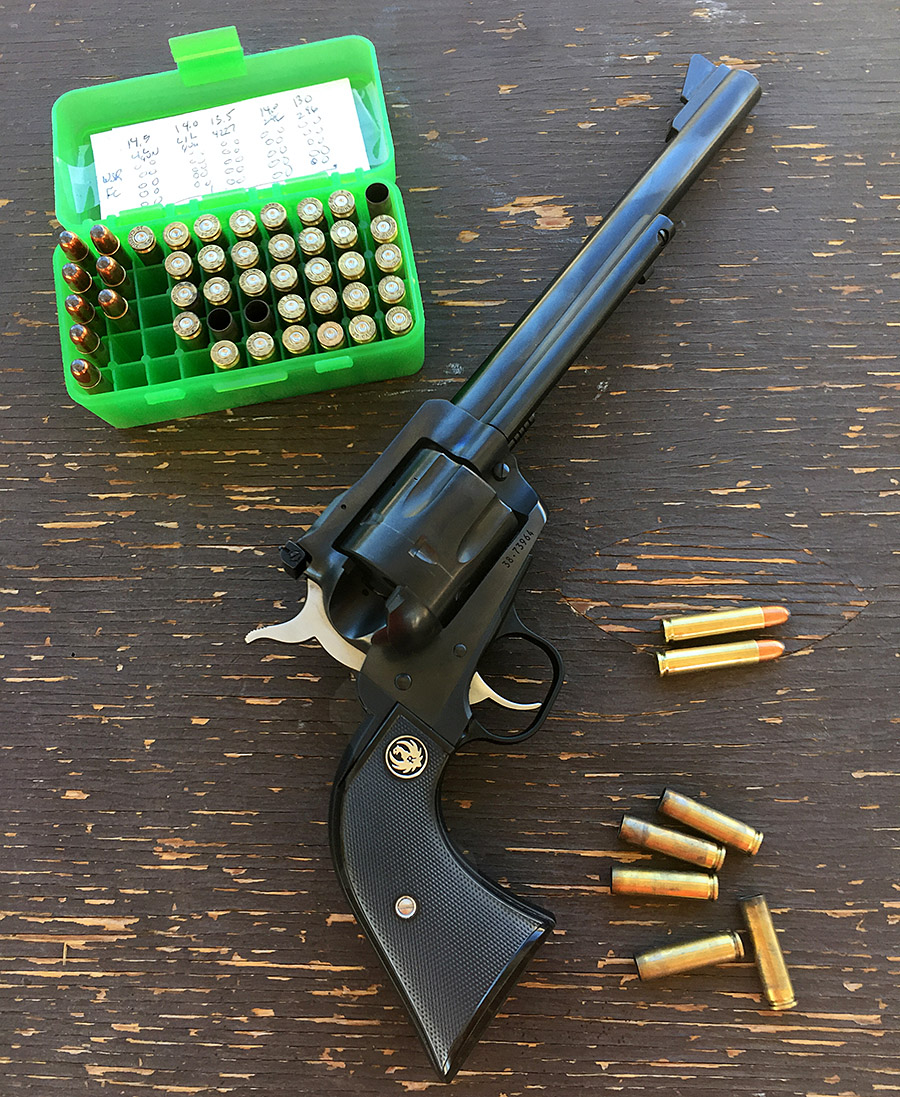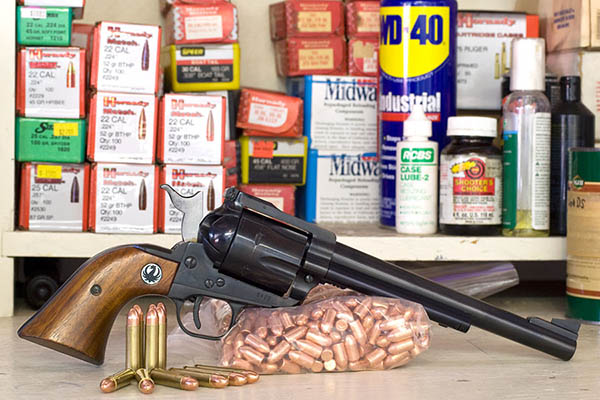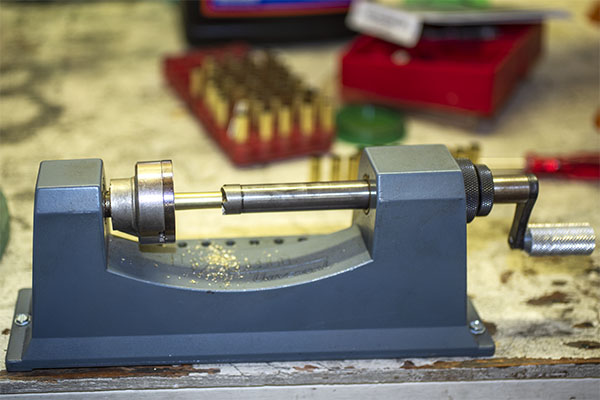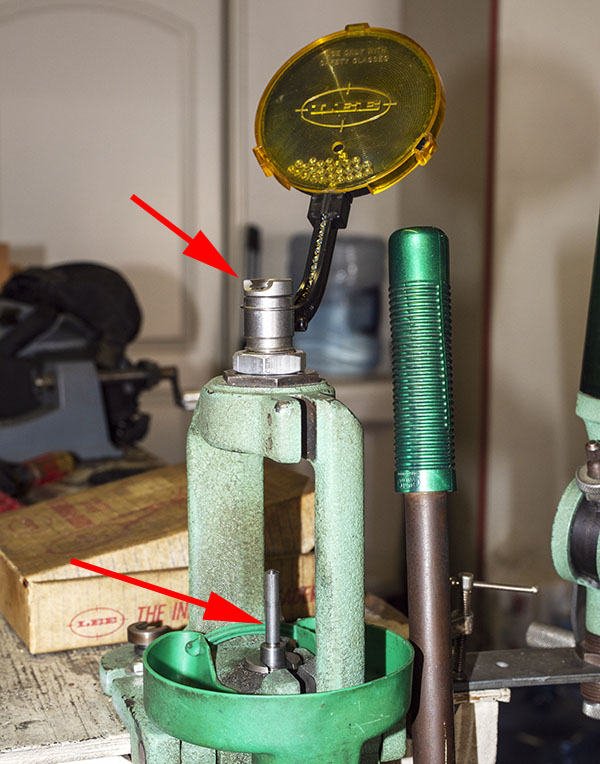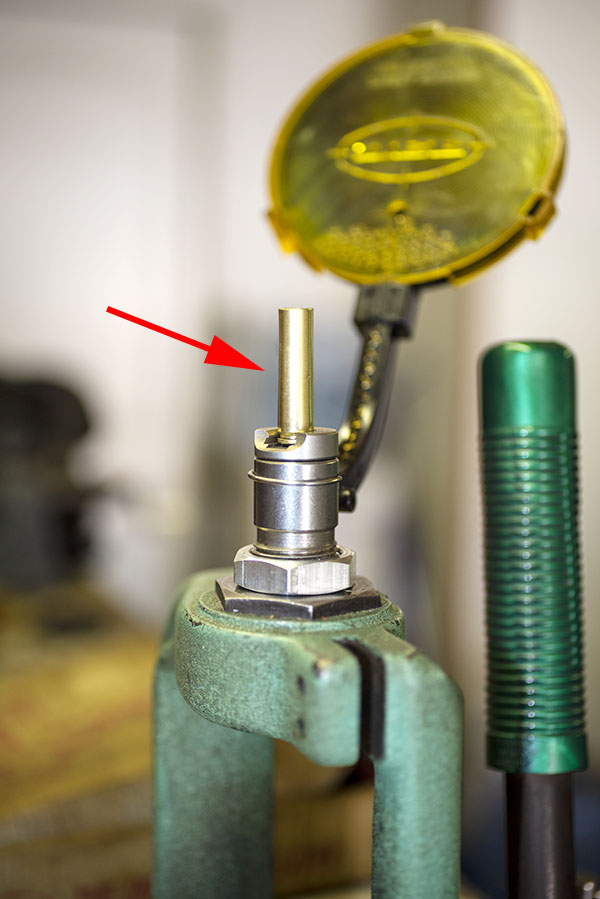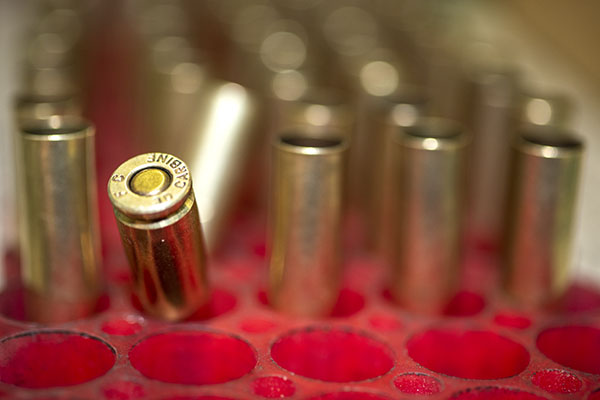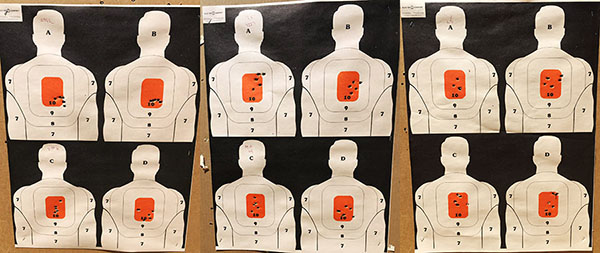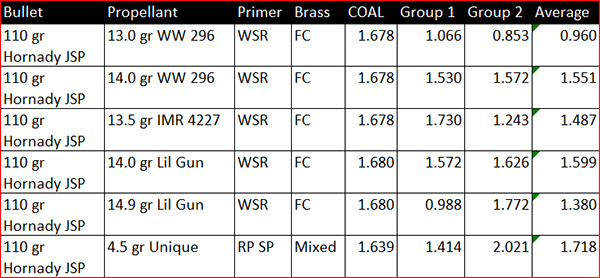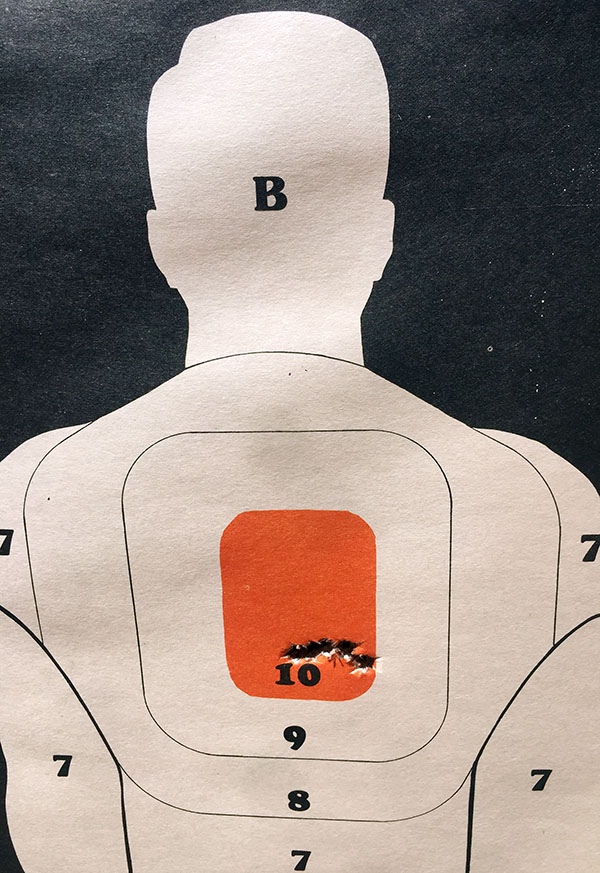The Canton Fair: I’d heard of it many times, and it has been billed as the world’s largest motorcycle trade show. I don’t know if that latter statement is true, but the Canton Fair is certainly China’s largest motorcycle trade show, and China is one of the world’s dominant motorcycle producers. Biggest or not, I had an opportunity to attend the Canton Fair in 2017, and who could say no to something like that?
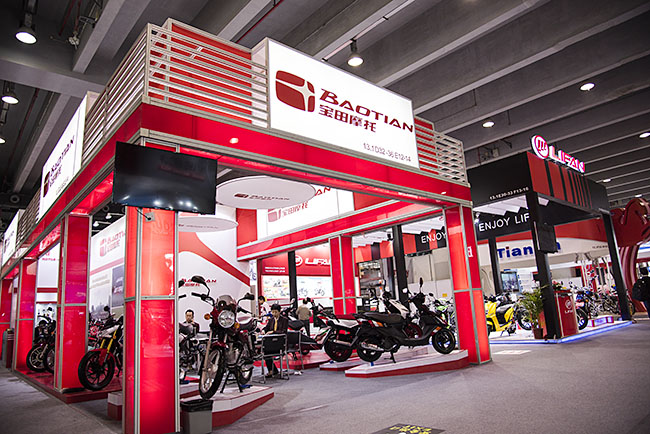
So, after a midnight departure from Los Angeles International and 15 hours in a center seat on a Boeing 777, I arrived in Guangzhou at around 8:30 p.m. either that day, the next day, or the day before (I can never get the time change thing right). Those 15 hours in the big Boeing flew by (literally and figuratively) quickly, clearing Chinese Customs and Immigration in Guangzhou was efficient, finding a cab was easy, and before I knew it, my Chinese Mario Andretti cab driver was shepherding me through the rain-slicked streets of late night Guangzhou. I’ve spent a lot of time in China and it felt good to be back. A lot of folks hate China these days. I’m not one of them. I’ve had too many good times and I have too many good friends in China.

I stayed at the Paco Hotel, only a couple of miles from the Canton Fair. A hotel right next to the Fair was a cool $1000 a night, so that was a nonstarter. The Paco had what I thought was a good buffet and I ate heartily on all but my last day in Guangzhou. On that last day, a cockroach the size of a small bird ran across a tray of noodles just as I was reaching in, and that killed my appetite for the Paco buffet. I guess I’m lucky it happened on the last day.
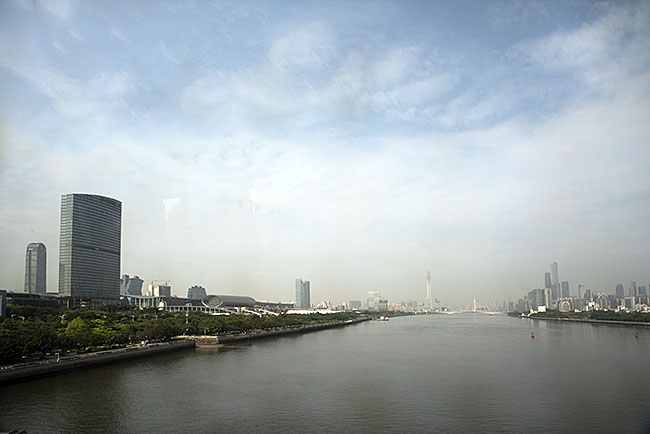
The next morning, my first full day in China, it was off to the Canton Fair. I had no idea what was in store for me. Think big, think big crowds, and think “I have no idea what I’m doing or where I’m going but I’m following the crowd,” and you’ll start to get a feel for what getting into the Canton Fair was like for me that first day. My leg was killing me (an old motorcycle injury), it was hot and humid (hey, it’s China) and it took a good two hours from the time I left the hotel until I was actually inside seeing new motorcycles. There’s the Guangzhou traffic. It’s normally heavy, but as we got closer to the fair (after crossing the Pearl River, which bisects Guangzhou), things really got thick. And there were the crowds.

There was a press of humanity trying to get into the fair once I was off the bus. I walked along with a heavy crowd for a good mile, with my sciatic nerve on fire every inch of the way. Getting into the fair was a process, and it started with guessing which crowd to follow. I got lucky; I guessed right. I had to buy a pass, and I opted to get the 100 RMB buyer’s badge. 100 RMB is about $16, and that allowed me to enter the Canton Fair all week (as opposed to paying 30 RMB for a spectator’s pass every day). But I couldn’t just buy the badge. Lines, lines, and more lines. And for every one of them, I had to guess at which one to follow. I had to go through a metal detector after standing in one long line. Then I had to stand in another long line to fill out an admission application form. Then it was another long line for a photo. Then it was another long line to take the photos to the folks who made the badges. Then it was another long line to pay for the badge. Then it was another long line to get the badge. And while all this was going on, the crowds were deep and pushy. But they were friendly.
Oddly, I didn’t bump into anybody from the United States. I met several interesting people from other countries. One guy pushed up into me and asked where I was from. When I told him, he told me he was from Iran. Wow. Iran. An American, and an Iranian, literally pushed into each other. He asked me what I thought about what Mr. Trump had done in Syria a few days ago (The Donald had lobbed a missile in). Hmmmm. This could get interesting, I thought. “You know, Don doesn’t call me as often as he used to,” I told my new friend, “and even if he had called this weekend, I was on a 15-hour flight to get here, so I would have missed the call.” My new buddy stared at me for a couple of seconds and then he started laughing. I did, too. He took a selfie of the two of us. Me. Working for world peace, one Iranian at a time. My photo is probably in the ayatollah’s database now, but hey, you do what you gotta do.
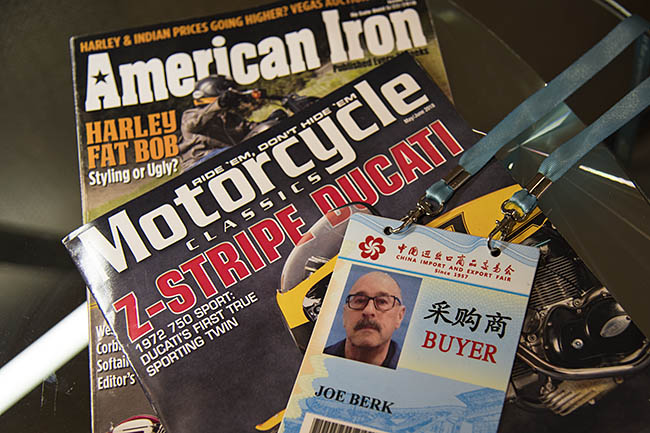
Things were moving along. I had my photo, I had my badge, and there was one last line: The line to get inside and actually start seeing motorcycles. And then it started raining. On us. Standing in line. Outside. Hey, if it was easy, everybody would be doing it.
Inside, much to my surprise, I still wasn’t in the motorcycle part of the Canton Fair. The complex is immense, and I had to ask around a bit to find my way to the motorcycle area. I finally made it, though, and the Zongshen booth was the first one I saw. It was one of many and I knew several of the guys from Zongshen, so we visited a bit.
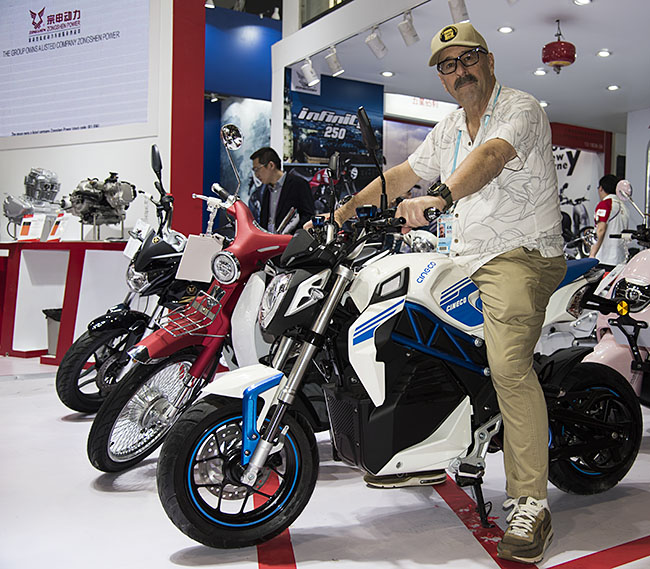
Zongshen, as one of the Big 4 Chinese motorcycle manufacturers, has a lot going on and they have a lot of interesting products. They make motorcycles, they make workhorse trikes, and they make a lot more.
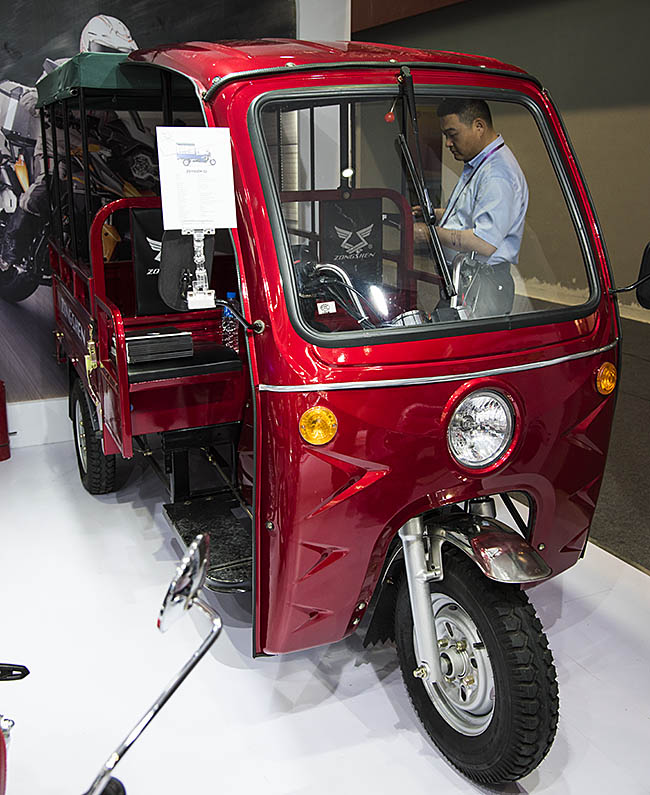
There were a lot of motorcycle manufacturers showing their new products at the Canton Fair. I enjoyed seeing them all.
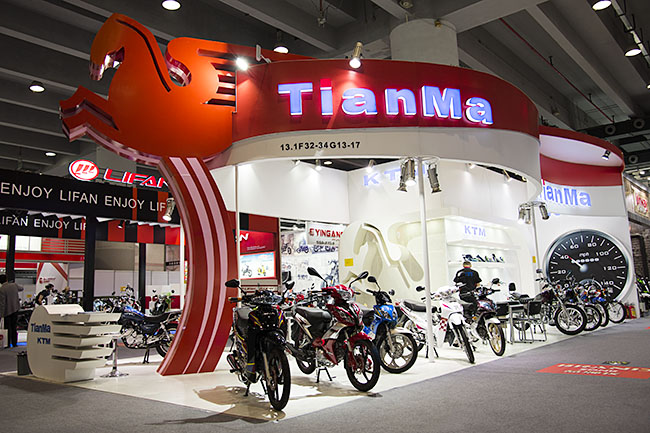
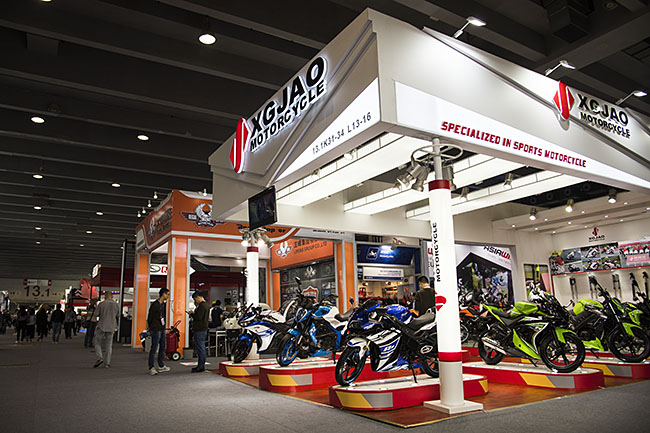
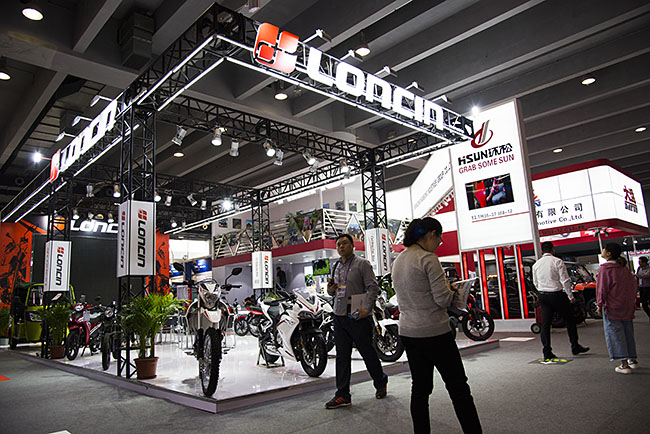
My buyer’s badge gave me status. There are motorcycle parts suppliers at the Canton Fair, and when they see a buyer’s badge, they’re on it. They all wanted my business card and they all wanted me to have theirs. That’s another bunch of databases I wormed my way into, I guess. I still get four or five emails every day from manufacturers trying to sell me stuff. I could have made a killing on N95 masks. And I can buy digital watches for 88 cents each if I buy a thousand or more. Who knew? And the exhibitors? They all seemed to hire attractive young women who wanted me to buy their motorcycle stuff.


More than a few of the bikes and trikes were interesting. Some had names that were funny as hell. And some were styled to fit regional preferences. Take a look.
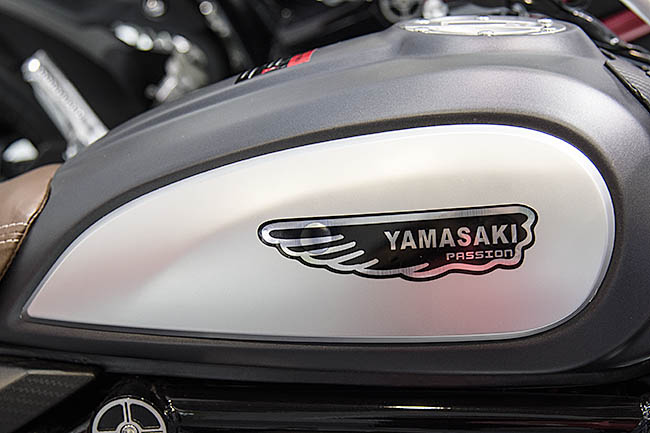
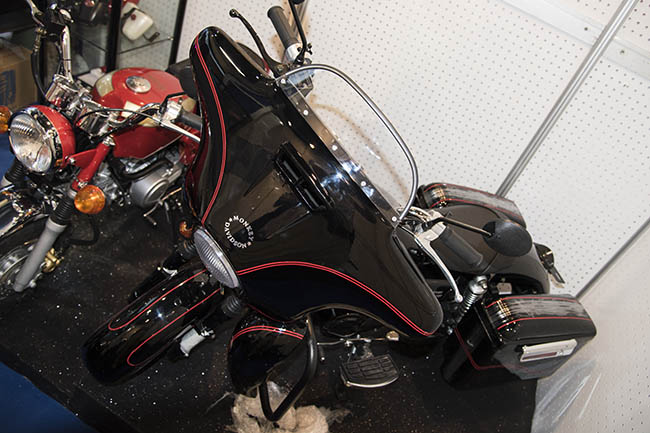
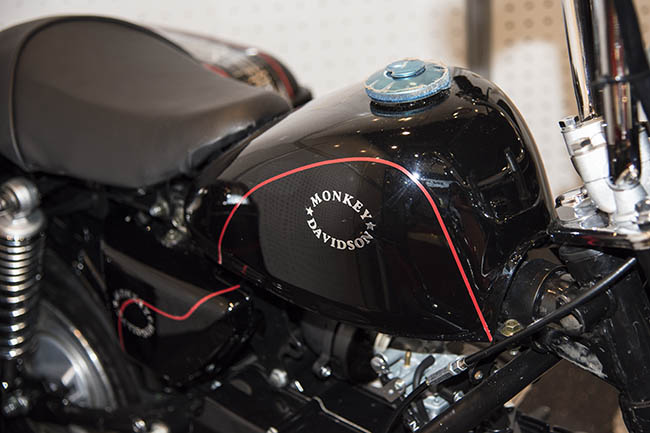
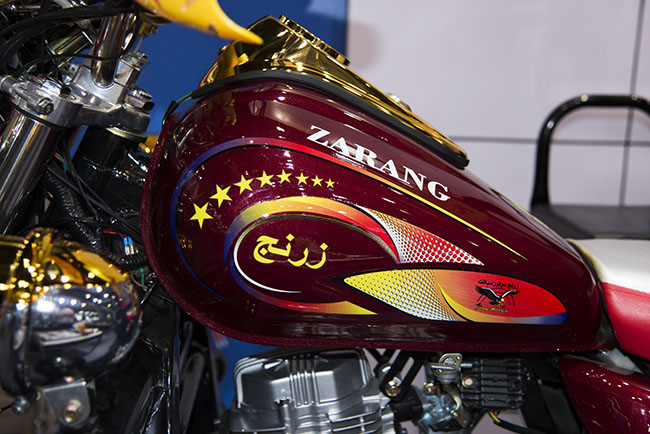
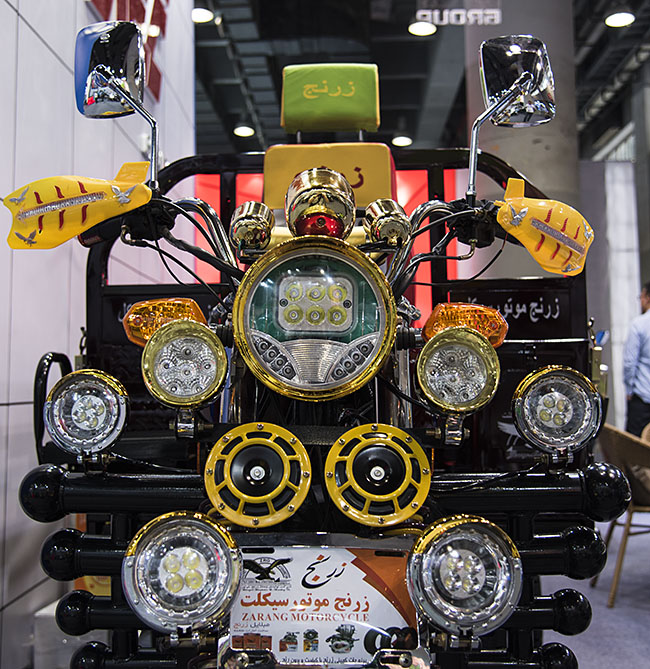
The Canton Fair has a restaurant row that must have 100 restaurants, ranging from exotic Middle Eastern foods to all kinds of Chinese food to Papa John’s pizza. I had Chinese food every day (it’s a “when in Rome” kind of thing for me). The beef dumpling soup was a whopping 25 RMB (that’s $3.96 in US dollars), and it was delicious.

There are people here from the Middle East, Australia, South America, Africa, and other places. Yesterday while I was enjoying my now-standard lunch of beef-and-onion dumplings, an older fellow asked if he could sit at my table (the seating is very crowded because there are so many people here). “Sure,” I said. His English was a little rough, but he reached into his bag and pulled out a piece of flatbread. He broke it in two and offered half to me. Not wanting to be rude, I accepted it. I asked my new friend where he was from and his business. He was a construction guy from Lebanon. My guess is that piece of flatbread was from Lebanon. Imagine that…a guy from California at a motorcycle show breaking bread (literally) with a construction guy from Lebanon. A small world indeed, and I was living it, one flatbread bite at a time.

I had another interesting experience one day at lunch when I attempted to pay. I peeled off some the Chinese currency I had and the young lady at the cash register examined it closely. “Not true money,” she exclaimed, in English, and loudly. Other folks around the cash registers looked at me. “Not true money,” she said again, the volume up another notch or two. And then, just in case I was hard of hearing: “NOT TRUE MONEY!!!”
So there I was, attempting to pass counterfeit currency in the Canton Fair, with what seemed like fifty thousand Asian faces taking in the drama unfolding before them: An American (me) trying to pay for his soup with counterfeit money. I had visions of rotting in a Chinese prison. Maybe worse (they have capital punishment over there, you know). I fished out more bills and handed them to Miss NOT TRUE MONEY, and her focus immediately shifted from prosecution to sorting. She studied each bill, giving some back to me and keeping others. The line behind me continued to grow. Weirdly, nobody seemed to mind my attempted criminal behavior or the delay it had induced.
Miss NOT TRUE MONEY was finally satisfied with the cash she selected, and the soup, as always, was delicious. When I left the restaurant area, there was a young guy selling ice cream outside. I found an ice cream bar that looked good and paid him, using some of the bills Miss NOT TRUE MONEY had rejected. He looked at each one suspiciously, but he ultimately accepted them. That ice cream was delicious, too. I admit: It was kind of a rush, committing a felony in a foreign land. I’m only writing about it now because I think the statute of limitations ran out.
When I returned to the hotel, I hit the ATM around the corner to get more (and hopefully, more true) cash. When I reached into the ATM hood, my hand started burning. Something either stung or bit me. I had an immediate and big welt on the back of my hand that hurt like hell, and within an hour, the entire back of my hand turned black. Maybe it was a murder hornet before they gained fame here in the US. My Mom would have told me it was God punishing me for passing that counterfeit money. Whatever it was, it sure hurt. It was gone by the next day, but wow, my experience with all things related to Chinese currency was not pleasant.
I had been sticking to the motorcycle exhibits during my time at the Canton Fair, but I took a different entrance one morning. Silly me: I thought the Canton Fair was only motorcycles. Nope, it’s everything. There are a lot of exhibits marketing to the construction industry. China was still building furiously, and they evidently supply construction materials to a lot of the world. I imagine Lowe’s and Home Depot have been here more than a few times. Here are a few shots as I walked through these areas.
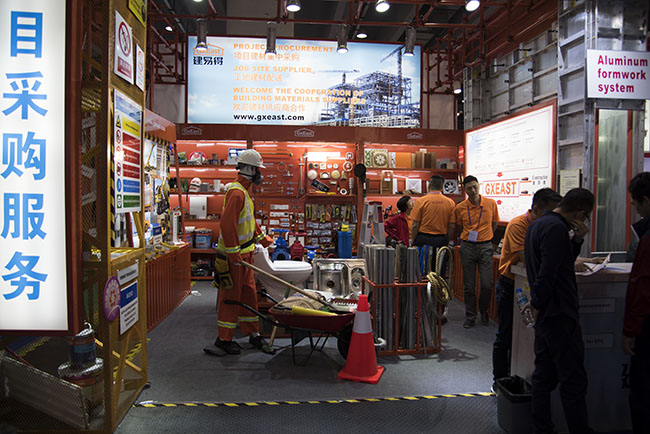

Surprisingly, I didn’t meet a single US person in the motorcycle area during my several days at the Canton Fair. There were lots of folks from Asia, and more than a few from the Middle East, South America, and Europe. But no Americans (other than me). Go figure.
The Canton Fair was canceled this year due to the Covid 19 pandemic, but it’s going to be back. If you ever have a chance to roll through Guangzhou in April, the Canton Fair needs to be on your bucket list. It’s a cool thing to see.
Help us continue to bring more content to you: Please click on the popup ads!
Never miss an ExNotes blog:

